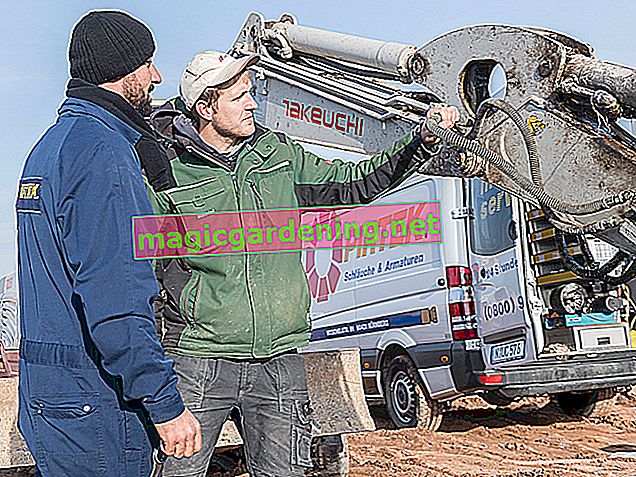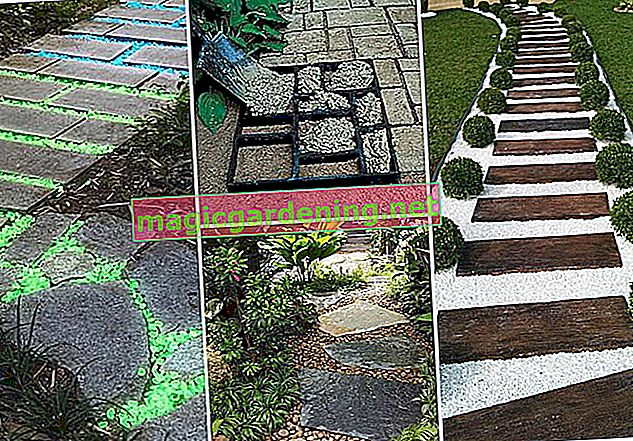
Operate the pond pump in winter
As a general rule, you can run a pond pump in winter if the pond is heated and the water temperature never drops below 6 ° C.
also read
- Pond filters in winter: what you absolutely must do
- Hibernating Calla in a pot - you have to pay attention to this!
- Repotting the pitcher plant - what to look out for!
This is often the case with koi ponds, for example. Since the fish need warmth to overwinter, such ponds must be heated. At the high water temperatures, the pump can then run without any problems.
In all other (unheated) ponds, however, you should switch off the pump. Whether you need to dismantle the pump too depends on where it is installed. In most cases, however, you will completely dismantle your pond pump and overwinter it frost-proof in a warm house.
Dismantle the pump or not?
Basically, you can always leave pumps in the pond if you have made sure that the pond does not freeze up to the point of the pump. If the pump is installed in a shallow water area, you should definitely remove it.
In order to leave a pump outside, it must have been certified by the manufacturer to be frost-proof. This is by no means true for all pumps - if in doubt, it is better to remove the pump and store it indoors for the winter.
Store the pump correctly
Unlike the pond filter, the pump must never be stored dry. Pumps must always be stored in a bucket of clean water. The only exception to this are the external pumps: like the pond filters, they are kept dry. Here, too, you should always follow the instructions given by the manufacturer in the operating instructions.
If the pump were to dry out, the impeller in the pump could otherwise be damaged. You should be careful of that.
Like the pond filter, the pump should also be cleaned thoroughly before wintering. For instructions, please refer to the operating instructions.
Tips
You also need to take some protective measures for the winter on the pond itself. For example, the pond must be effectively protected against the ingress of dirt and also kept free of ice so that fermentation gases that develop can escape. You must also remove sensitive plants.








